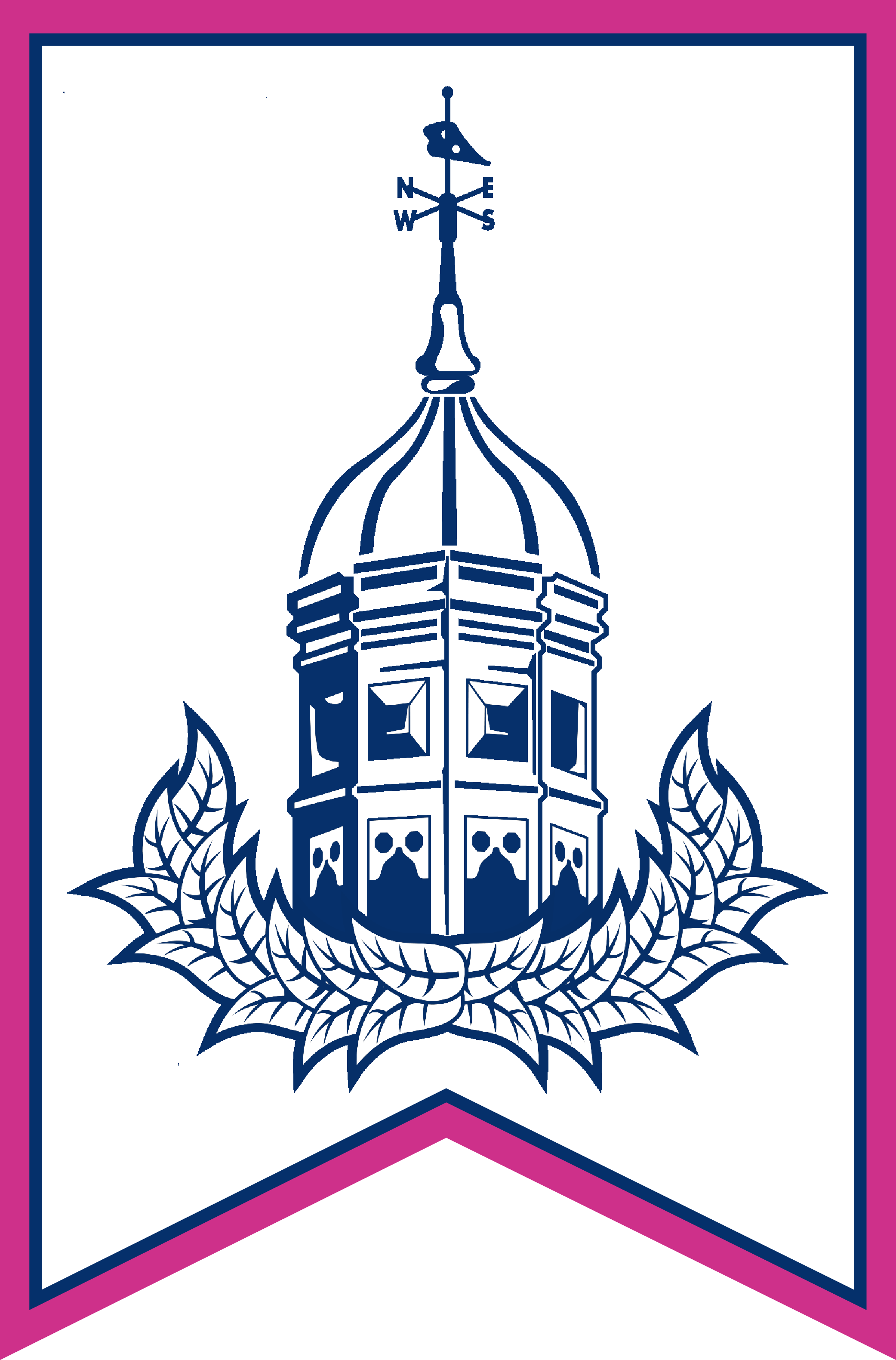E-Safety
What is E-safety?
E-safety’ can also be called ‘internet safety’, ‘online safety’ or ‘web safety’. E-safety is often defined as the safe and responsible use of technology. This includes the use of the internet and also other means of communication using electronic media (eg text messages, gaming devices, email etc).
E safety is classified into three areas of risk:
Contact: being subjected to harmful online interaction with other users
Conduct: personal online behaviour that increases the likelihood of, or causes, harm.
Content: being exposed to illegal, inappropriate or harmful material.
Click here for resources linked to helping your child to stay safe on social networks, apps and games.
E-safety Newsletter
A Parents Guide to Cyber-Bullying
Parental Controls booklet 2023
February 2023 - Safer Internet Day
Parental Controls booklet 2022
What parents need to know about Discord
What parents need to know about TikTok
Safer Internet Day - 9th February 2021
The National Curriculum and E Safety
The Computing curriculum started from September 2014 when the new national curriculum was published. In terms of teaching E Safety to pupils, this document says:
At Key Stage 1
Pupils should be taught to:
use technology safely and respectfully, keeping personal information private; identify where to go for help and support when they have concerns about content or contact on the internet or other online technologies.
At Key Stage 2
Pupils should be taught to:
use search technologies effectively, appreciate how results are selected and ranked, and be discerning in evaluating digital content
use technology safely, respectfully and responsibly; recognise acceptable/unacceptable behaviour; identify a range of ways to report concerns about content and contact.
Click here for parent guides to: Cybersecurity, Cyberbullying, Instagram, Snapchat and Facebook.
Click here for up to date information about parental controls, staying safe while gaming and for links to other current e-safety topics. This site also links to Digiducks BIG Decision ebook. A fantastic online book suitable for KS1 and great for delivering the E-Safety message.

